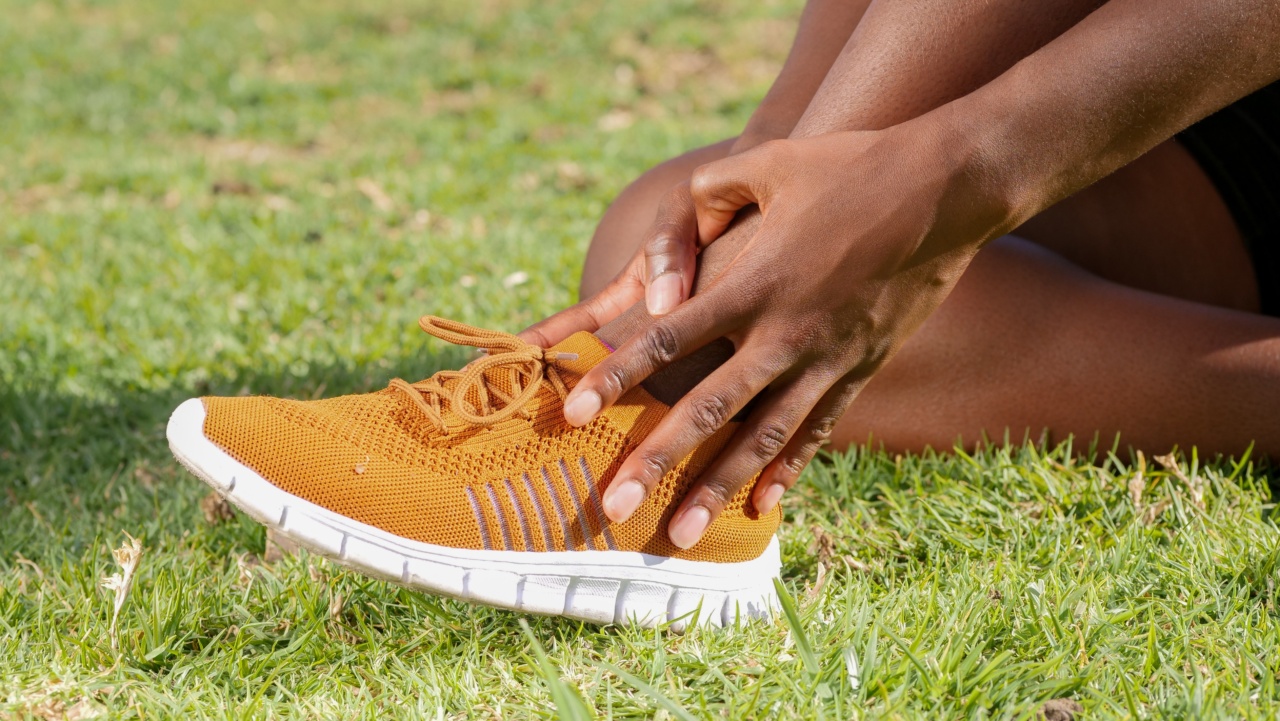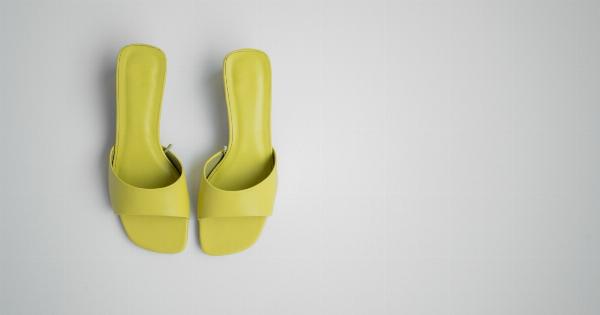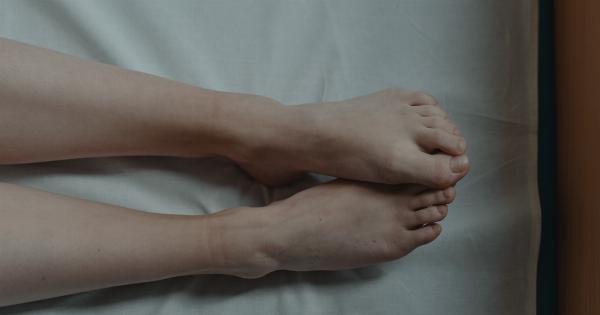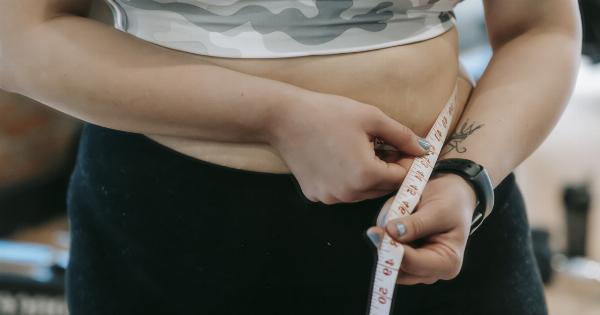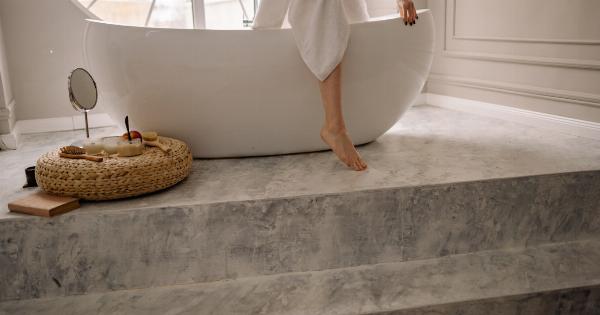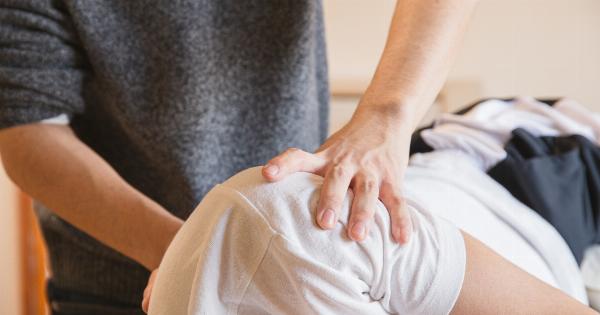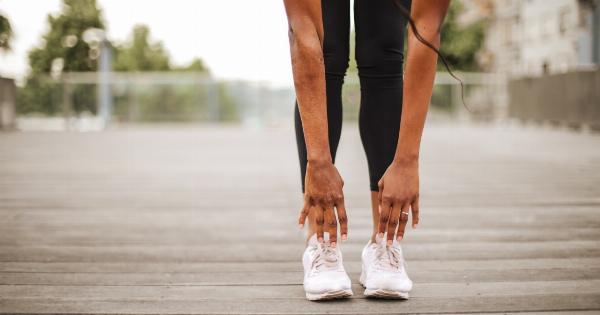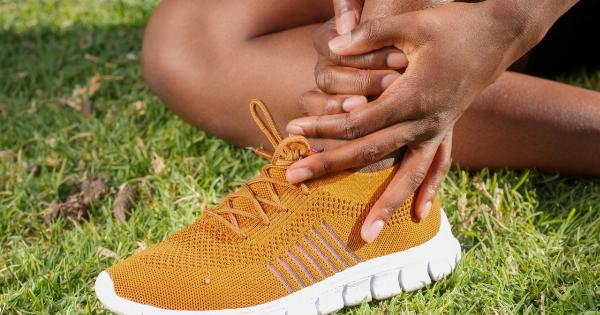Shoe pain can be incredibly frustrating and debilitating. Not only does it make your feet ache, but it can also lead to discomfort and even pain in your waist.
Wearing the wrong shoes can have a profound impact on your overall well-being, so it’s crucial to find a pair that offers the right support and fit for your individual needs. In this article, we will discuss the common causes of shoe pain, how it affects your feet and waist, and provide you with essential tips on finding the perfect pair of shoes to alleviate your discomfort.
The Common Causes of Shoe Pain
Shoe pain can stem from a variety of factors, including:.
- Improper Fit: One of the leading causes of shoe pain is wearing shoes that don’t fit properly. Shoes that are too narrow or too tight can create pressure points and cause pain in various areas, including your feet and waist.
- Inadequate Arch Support: Shoes with insufficient arch support fail to distribute your body weight evenly, leading to painful foot conditions such as plantar fasciitis and arch strain. These conditions can eventually radiate pain to your waist and other parts of your body.
- Poor Cushioning: Shoes lacking proper cushioning can result in added stress on your feet. This can lead to discomfort, pain, and even impacts on your waist and spine, as it alters your natural alignment.
- Wrong Shoe Type: Wearing the wrong shoe type for your activities or foot structure can cause pain. For instance, wearing high heels for extended periods can significantly strain your feet and waist, leading to aches and pain.
- Worn-out Shoes: Over time, shoes lose their ability to provide adequate support and cushioning. Continually wearing worn-out shoes can lead to discomfort and pain in your feet and waist.
The Effects of Shoe Pain on Your Feet and Waist
Shoe pain not only affects your feet but can also have a ripple effect on your waist and overall posture. Here’s how:.
Poor Alignment and Posture:
Ill-fitting shoes or those with improper support can lead to poor alignment of your feet, which then impacts your entire body’s alignment.
When your feet aren’t properly supported, it can cause an imbalance that forces your hips and waist to compensate, resulting in pain and discomfort.
Strain on Muscles and Joints:
Wearing shoes that lack proper cushioning or support places excess strain on your feet’s muscles and joints. This strain can gradually radiate upward to your waist and back, leading to chronic pain and discomfort.
Development of Foot Conditions:
Constantly wearing shoes that don’t fit correctly or offer the appropriate support can contribute to the development of foot conditions such as bunions, hammertoes, and plantar fasciitis.
These conditions can cause pain and discomfort that extends to your waist and other areas of your body.
Tips for Finding the Right Shoes
Use the following tips to ensure you find the perfect pair of shoes and alleviate foot and waist pain:.
1. Measure Your Feet Regularly:
Our feet change in size over time, so it’s essential to measure your feet regularly before purchasing new shoes. Remember to measure both feet, as one foot is often slightly larger than the other.
This way, you’ll ensure a proper fit and avoid discomfort.
2. Shop for Shoes in the Afternoon or Evening:
Your feet swell throughout the day, so it’s best to shop for shoes in the afternoon or evening when your feet are at their largest. This practice ensures that you don’t end up with shoes that are too tight and likely to cause pain.
3. Choose the Right Shoe Type for Your Activity:
Consider the activity you primarily engage in when selecting shoes. Different activities require specific types of shoes that offer adequate support and cushioning.
For example, running shoes should have shock absorption features, while dress shoes should provide proper arch support.
4. Check for Proper Arch Support:
Whether you have high arches, flat feet, or anything in between, it’s crucial to find shoes that offer appropriate arch support.
Look for shoes with built-in arch support or consider using orthotic inserts to provide the necessary support for your feet.
5. Prioritize Comfort over Style:
While style plays a role in choosing shoes, comfort should always be a priority, especially if you frequently experience foot or waist pain.
Don’t compromise on comfort, as long-term discomfort can cause more significant issues than any short-term fashion statement.
6. Test the Shoes:
Before committing to a pair of shoes, try them on and walk around in them for a few minutes. Pay attention to any areas of discomfort or pressure points. Properly testing the shoes can give you a good idea of how they will feel after extended wear.
7. Consider Shoe Inserts:
If you find a pair of shoes that generally fit well but lack sufficient arch support or cushioning, consider using shoe inserts or orthotics.
These inserts can provide extra support and padding, significantly improving the comfort and fit of your shoes.
8. Replace Worn-out Shoes:
Regularly inspect your shoes and replace them as soon as they show signs of wear and tear. Worn-out shoes are unable to offer adequate support or cushioning, leading to discomfort and pain in your feet and waist.
9. Don’t Ignore Pain:
If you experience persistent foot or waist pain, don’t ignore it. Consult with a podiatrist or orthopedic specialist who can identify any underlying issues and recommend appropriate footwear and treatment options tailored to your specific needs.
10. Visit a Specialty Shoe Store:
Consider visiting a specialty shoe store where professionals can measure your feet, assess your gait, and recommend shoes that cater to your unique requirements.
These stores often offer a wider range of sizes and specific shoe types that are suited for various foot conditions.
By following these tips, you can significantly reduce foot and waist pain caused by ill-fitting shoes and find the perfect pair that offers both comfort and support.
